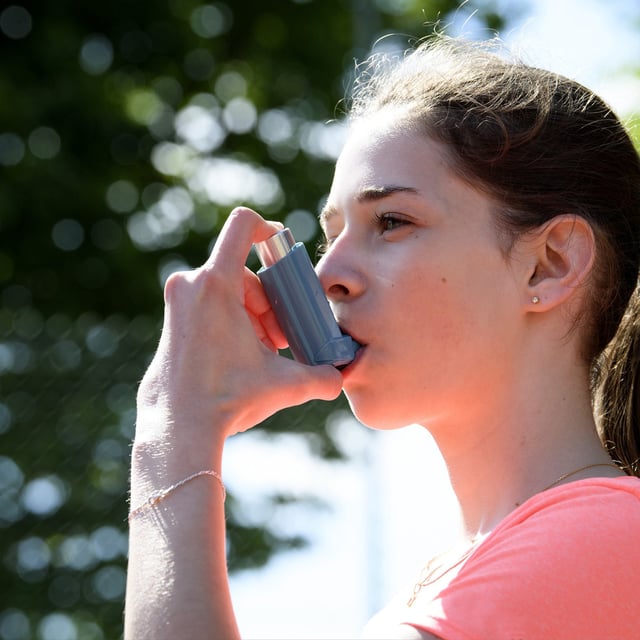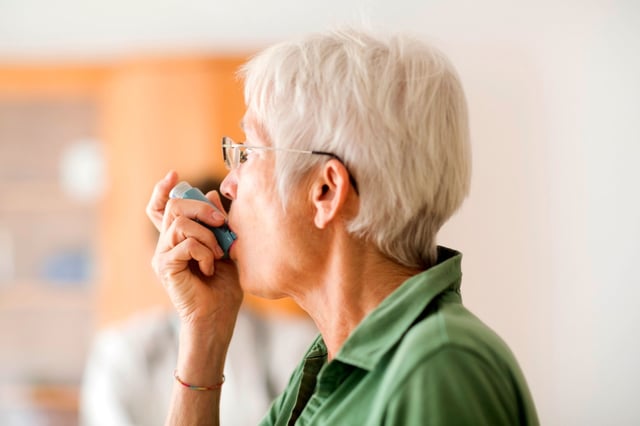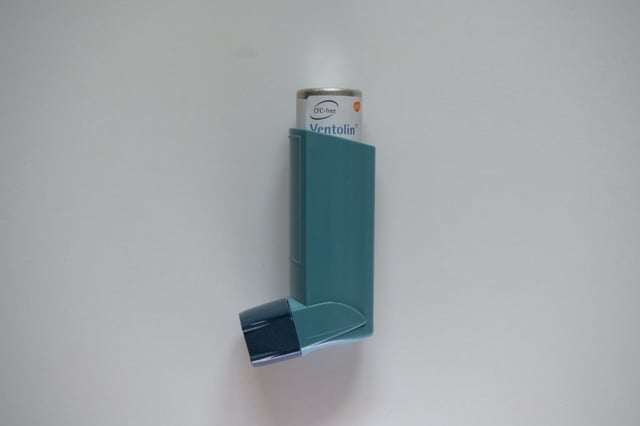Overview
- Inhalers dispensed from 2014–2024 generated an estimated 24.9 million metric tons of CO2e across 1.6 billion devices, with annual emissions rising about 24% to 2.3 million tons in 2024.
- Metered‑dose inhalers account for roughly 98% of inhaler‑related emissions due to hydrofluoroalkane propellants, an impact comparable to about 530,000 gas‑powered cars each year.
- A Veterans Affairs initiative prioritizing dry‑powder inhalers cut inhaler‑related emissions by more than 68% between 2008 and 2023, demonstrating the potential of procurement policies.
- Clinical and access constraints limit wholesale substitution, as very young children and some frail older adults often require metered‑dose devices and insurance frequently excludes dry‑powder alternatives.
- The study estimates a social cost of about $5.7 billion and finds brand‑name products produced roughly 72% of emissions, with large shares linked to GlaxoSmithKline, AstraZeneca and Teva.



